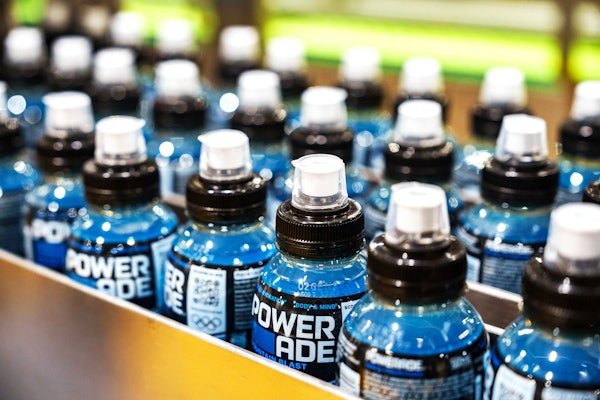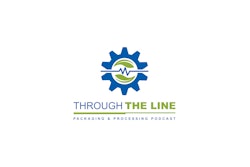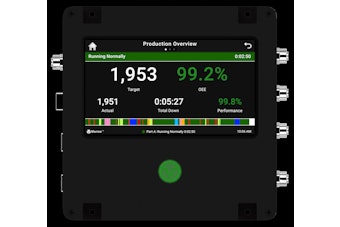Because flowering marijuana remains a Schedule I controlled substance, it is illegal at the federal level regardless of state legality. And though legal marijuana markets are allowed to operate at the state level without federal interference, interstate commerce is strictly prohibited.
According to PMMI Business Intelligence’s white paper, “Cannabis Market Update: Unique Packaging Challenges for THC and CBD Products,” there are three types of cannabis legality in the U.S. Fully legalized states allow adults over the age of 21 to purchase cannabis products at licensed dispensaries for recreational use. Medical states allow the legal purchase of cannabis products at a dispensary with a doctor’s prescription, and decriminalized states (or cities within states) prohibit the possession of large quantities, sale and cultivation of cannabis, but do not consider the possession of a small amount to be a criminal offense.
Selling a product that is classified as a Schedule I drug by the federal government means cannabis businesses do not have wide-spread financial support by banks and financial institutions, nor are they able to deduct normal business expenditures on their federal taxes. These restrictions challenge the expansion of the cannabis market in the U.S., but some states are addressing these challenges by allowing operations such as cannabis credit co-operatives to boost investment in the industry.
Said one Business Systems Consultant at a Processor and Packager of Hemp CBD, “We are hesitant to invest much in capital equipment until there is a market shift financially and we can actually have a bank account; it’s a Catch 22 situation being restricted from traditional funding.”
According to the report, there is also a banking bill for the cannabis industry in U.S. Congress which was passed by the House in September 2019, (the Secure and Fair Enforcement Banking Act, or SAFE Act) though the promised 2019 vote on the bill by the Senate has yet to take place. The bill allows insurers to extend services to cannabis companies without fear of legal reprisal.
Another challenge to industry growth is market valuation at the largest publicly traded cannabis companies. According to the New Cannabis Ventures’ Global Cannabis Stock Index, the total value of cannabis companies in the index has declined by over 50% in the last year, with many companies taking larger valuation hits in the second half of 2019.
Overly optimistic projections of cannabis growth predicted rapid and expansive recreational legalization in the U.S. The fact that the pace has not met expectations, coupled with the slow rollout of the Canadian market, means that analysts are now revising projections to more realistic levels, resulting in a drop in the valuation of existing cannabis companies.
Cannabis companies continue to pull in investment and capital, however, despite dropping market projections and valuations, and despite the fact that capital investment is still a risk while cannabis remains a Schedule I substance under federal law in the U.S. According to Viridian Capital Investors, investment in the cannabis industry reached $14 billion in 2018, representing a four-fold increase from 2017.
On the upside, the report states that “The end result of these financial bumps in the road for the cannabis industry may be an environment conducive to the future expansion of mergers and acquisitions,” as capital-rich companies will be in a position to acquire struggling operations when the market settles.
Source: PMMI Business Intelligence “Cannabis Market Update: Unique Packaging Challenges for THC and CBD Products”
Download the FREE White Paper below.
Make plans to visit PACK EXPO International in Chicago, November 8-11, to see on-trend cannabis processing and packaging machinery and materials.


























